Crohn’s disease is one of two major types of inflammatory bowel disease. It was named after some really smart guy who lived a long time ago, but I can’t remember his name. Any person at any age can develop Crohn’s disease, but it is rare in young children. Nobody knows what causes Crohn’s disease, but it seems to be an overreaction of the immune system in response to some environmental trigger, perhaps some sort of bacteria or virus. There are some genes associated with increased risk of developing Crohn’s disease but no one gene causes the disease. So what are the symptoms of Crohn’s disease? Let’s give Michael here the disease and find out. So, Michael, how are you feeling? Not so good? Let’s see… You seem to have weight loss, diarrhea with blood, crampy abdominal pain, fever, and loss of appetite. Unlike an infection, the symptoms can last for several months or longer. You better see a doctor. Crohn’s disease can cause inflammation and ulcers anywhere in the gastrointestinal tract, from the mouth to the anus. It sounds like it’s time for Michael to have a colonoscopy. Yep, just as we suspected, ulcers in the colon and small intestines. Crohn’s disease can sometimes cause inflammation or an infection that spreads outside of the intestines. We better do a CT scan to find out. In severe cases, poop can actually leak to the surface of the skin and that’s pretty gross. There is no one good blood test for Crohn’s disease, but a high white blood cell count and anemia are common. Okay, it is time to give Michael a break. There is no known cure for Crohn’s disease but treatment is pretty good. Antibiotics and anti-inflammatory medicines can control most of the symptoms. Occasionally, surgery is required to remove an infected segment of intestines. Okay, Michael. Feeling better? Yes. As you know, people with Crohn’s disease can still live a normal life but require medications to control symptoms. The disease likes to flare up occasionally, and this may require extra visits to the doctor. So off you go, Michael. Thanks for your assistance. Fare thee well, and may your bowels be free of Crohn’s disease. Michael K. Davis, MD The Impatient Doctor
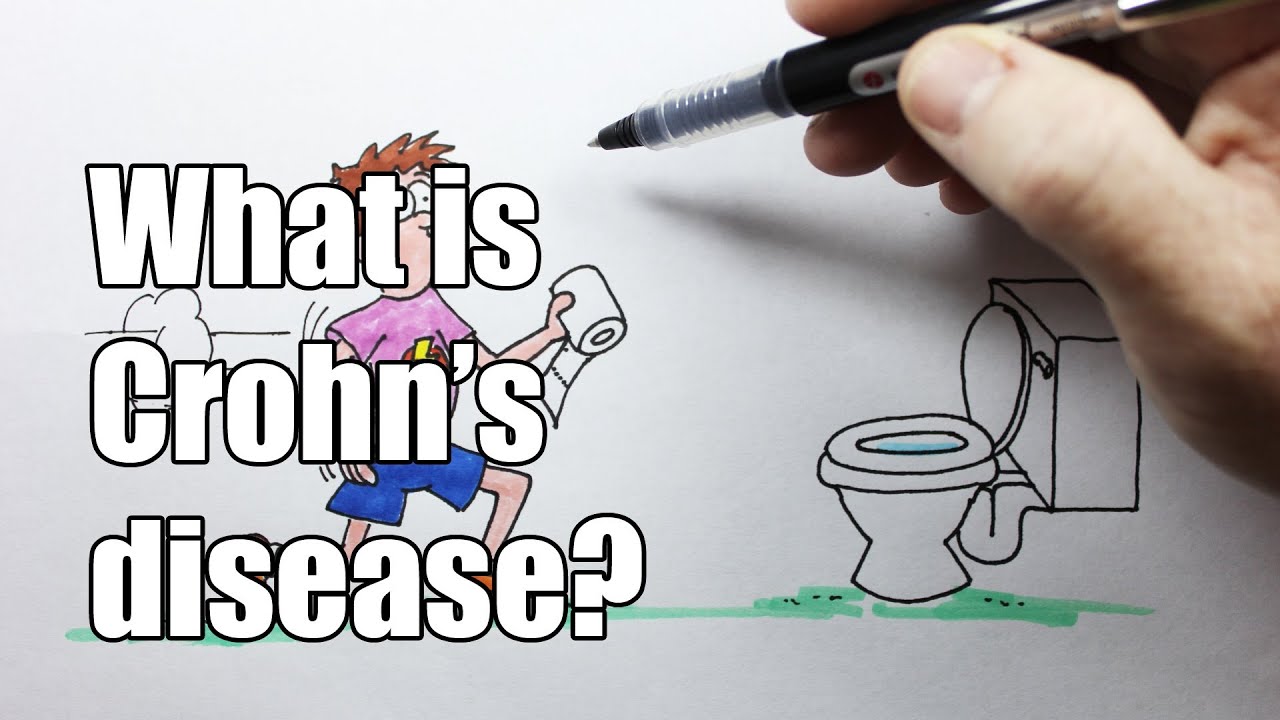
What is Crohn’s disease?
- Post author:
- Post published:May 19, 2021
- Post category:Uncategorized
- Post comments:0 Comments
You Might Also Like
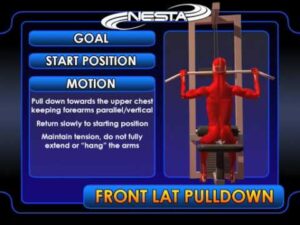
Back Exercises, Lat Pull Down

Testosterone & Androgenic Effects Video – 9
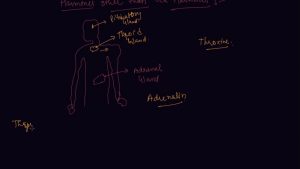
Hormones Other than the Sex Hormones | Class 8 Biology Reaching the Age of Adolescence

What is Arthritis?
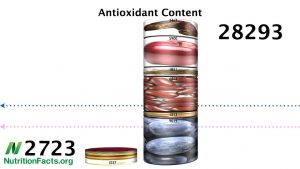
How to Reach the Antioxidant RDA
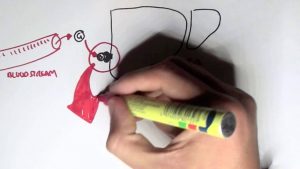
Endocrinology – Glucagon
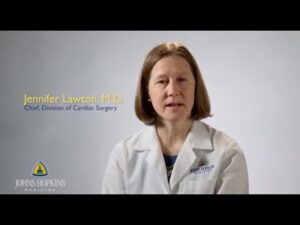
Cardiac surgery Video – 2

Anatomy Meaning

First Aid Video – 1

Water Nutrition Video – 2

Geriatrics Video – 3
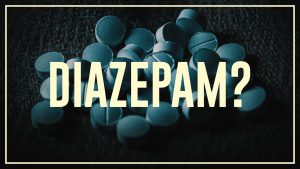
Diazepam – Do’s and don’ts | Drugslab
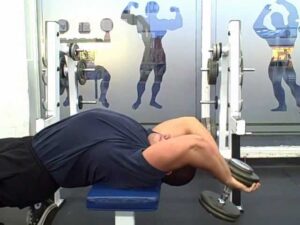
Dumbbell Pullover-3

Sports Medicine Video – 3
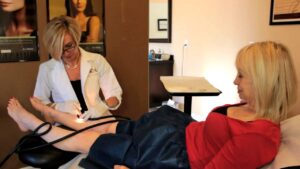
Medical Spa Club Video – 1
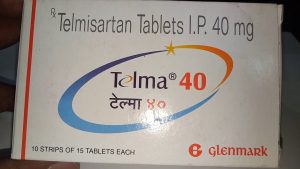
Telma 40mg Tablet : Uses, Price, Side Effects, Composition in hindi
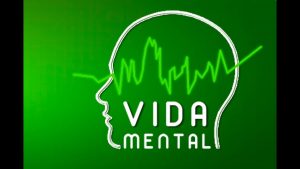
O que é Diazepam?

Food Guide Pyramid Video – 2

Thyroid Profile – T3, T4 and TSH Explained
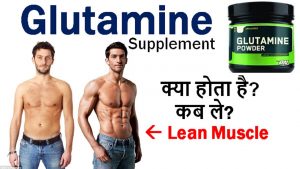
GLUTAMINE Supplement Details in Hindi – Use, Benefits and Side Effects – HEALTH JAGRAN

Islamic Nutrition Laws Video – 1
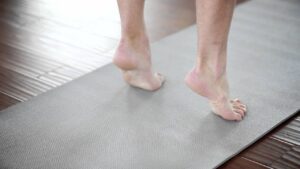
Standing Calf Raises

Standing Calf Raise-2
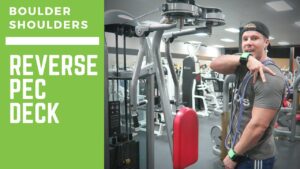
Boulder Shoulders: Reverse Pec Deck for Rear Delts

Pre Blended Oils Video – 3

Static plank exercise: isometric workout for static strength

Sports Surgeries Video – 1

Incline Bench Press-3

How to Perform a Back Extension | Exercise Form Video
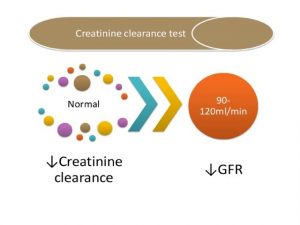
RENAL FUNCTION TEST

Circuit Training Exercises – Body Weight Circuit Training Workout
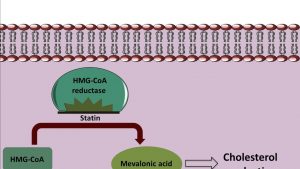
Mechanism of action of Statins

Now omega-3 review (100 soft gel) | omega-3 kya hota h | omega-3 fish oil work | fish oil benefits |
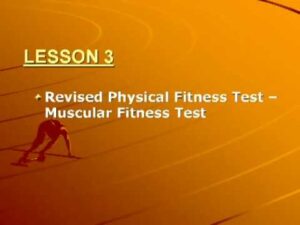
Physical Fitness and Its Components – Unit One – Physical Education IV
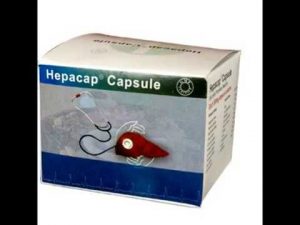
Hepacap Capsules

A Student with Mental Illness
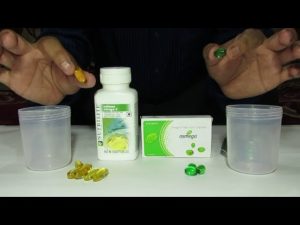
Nutrilite Selmon Omega-3 demo | demonstration
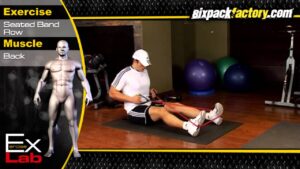
Seated Row-2

Swimming Video – 2
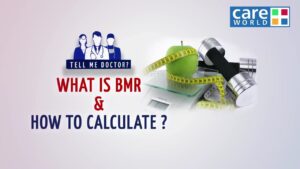
What is Basal Metabolic Rate (BMR)? How to Calculate it? – Tehzeeb Lalani – Tell Me Doctor
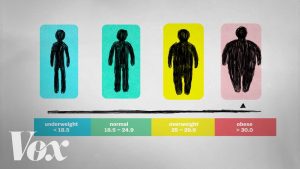
What BMI doesn’t tell you about your health

